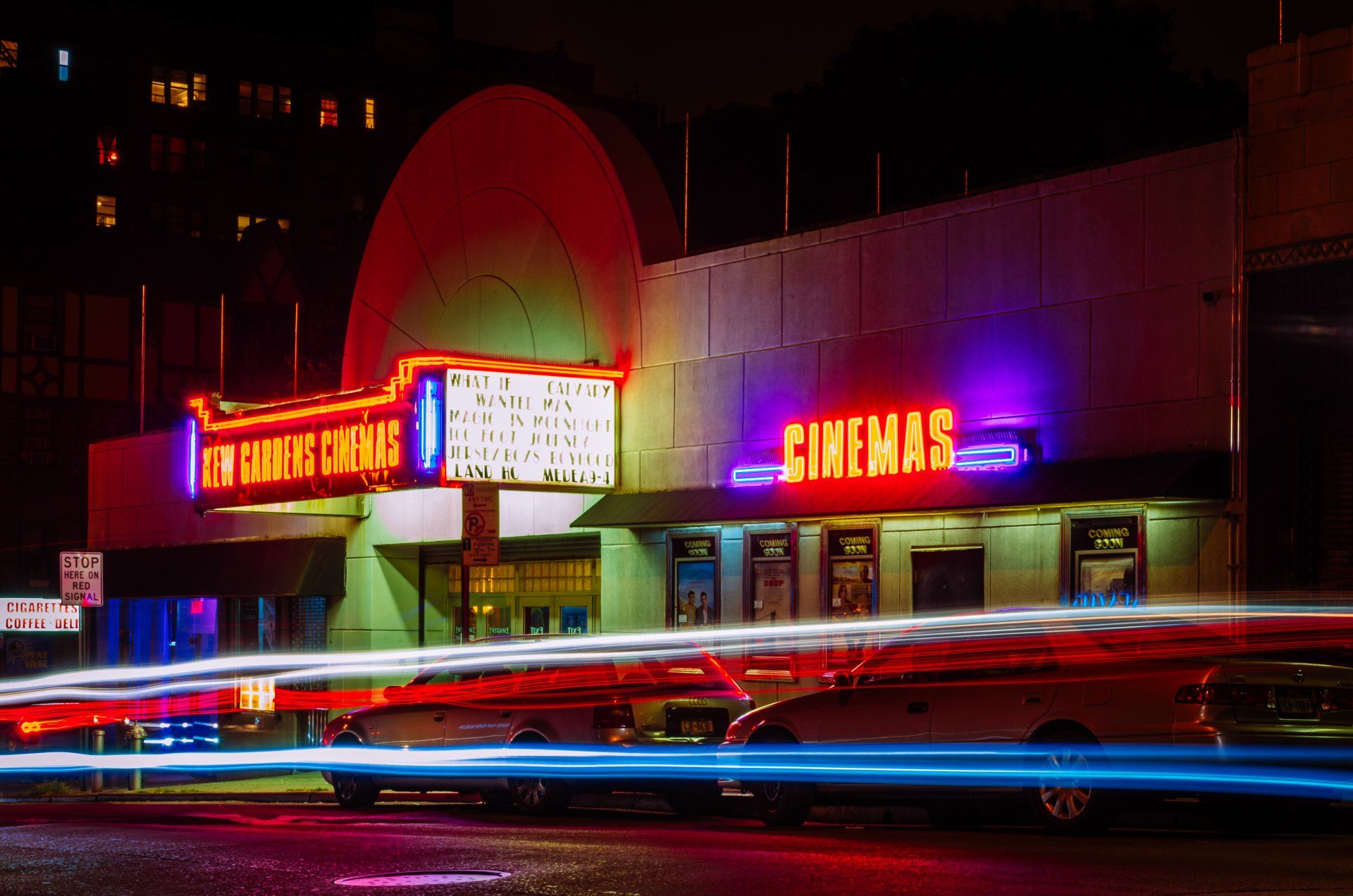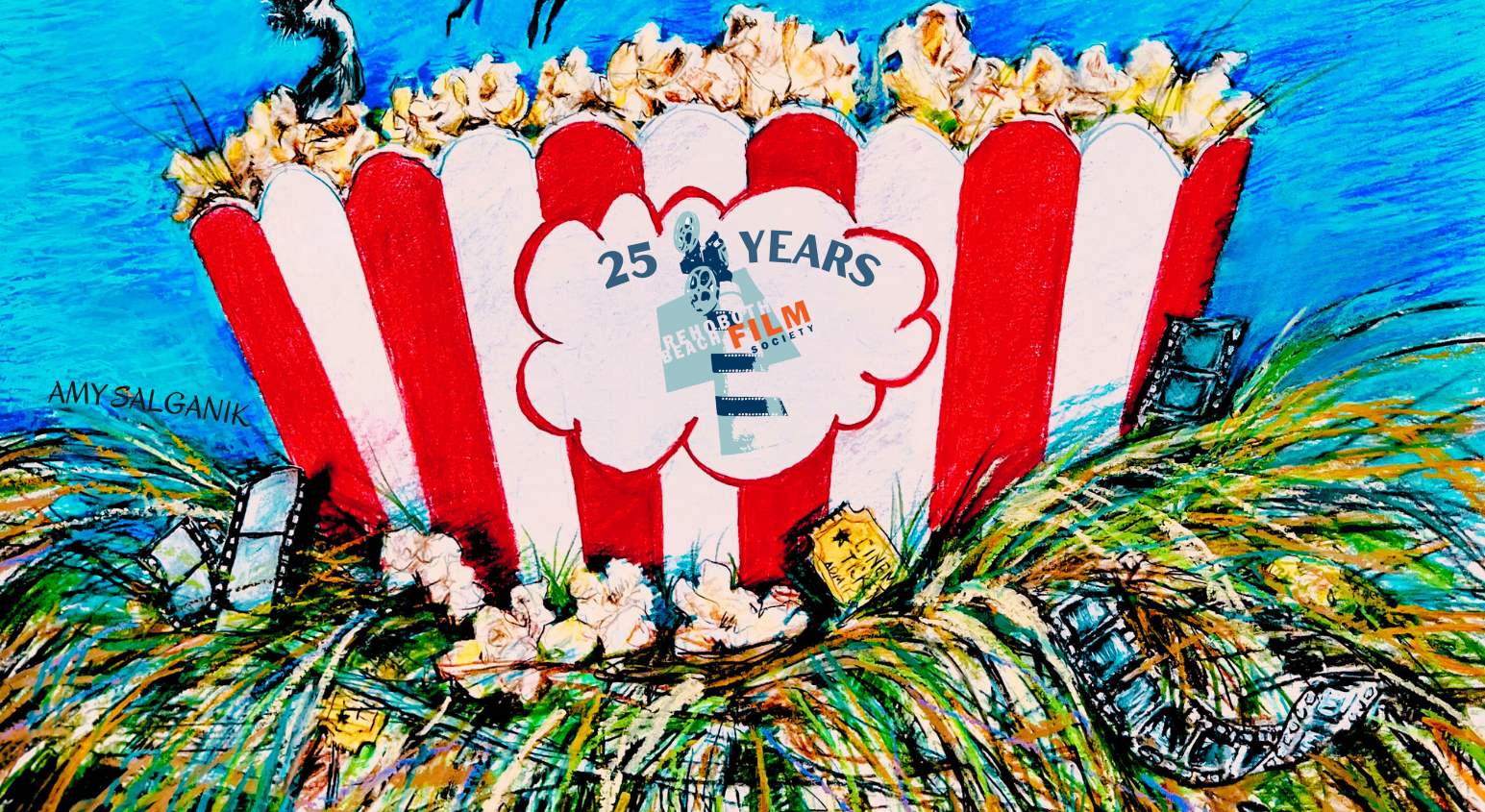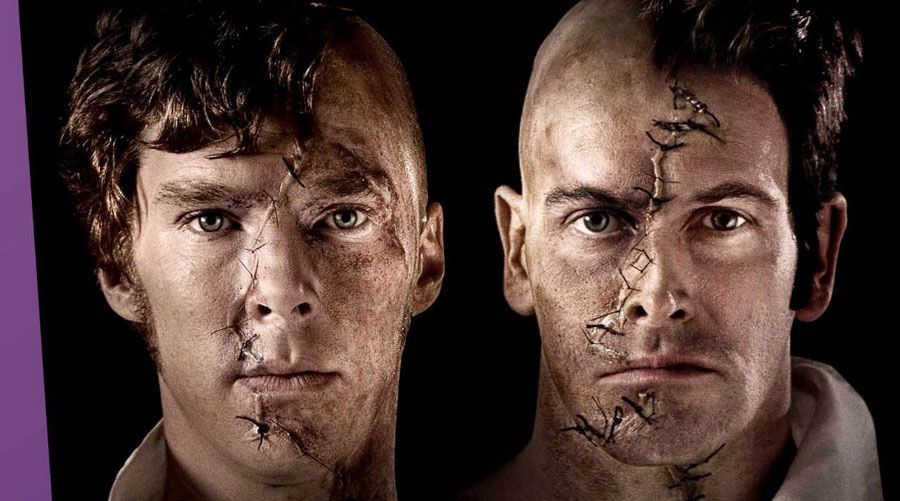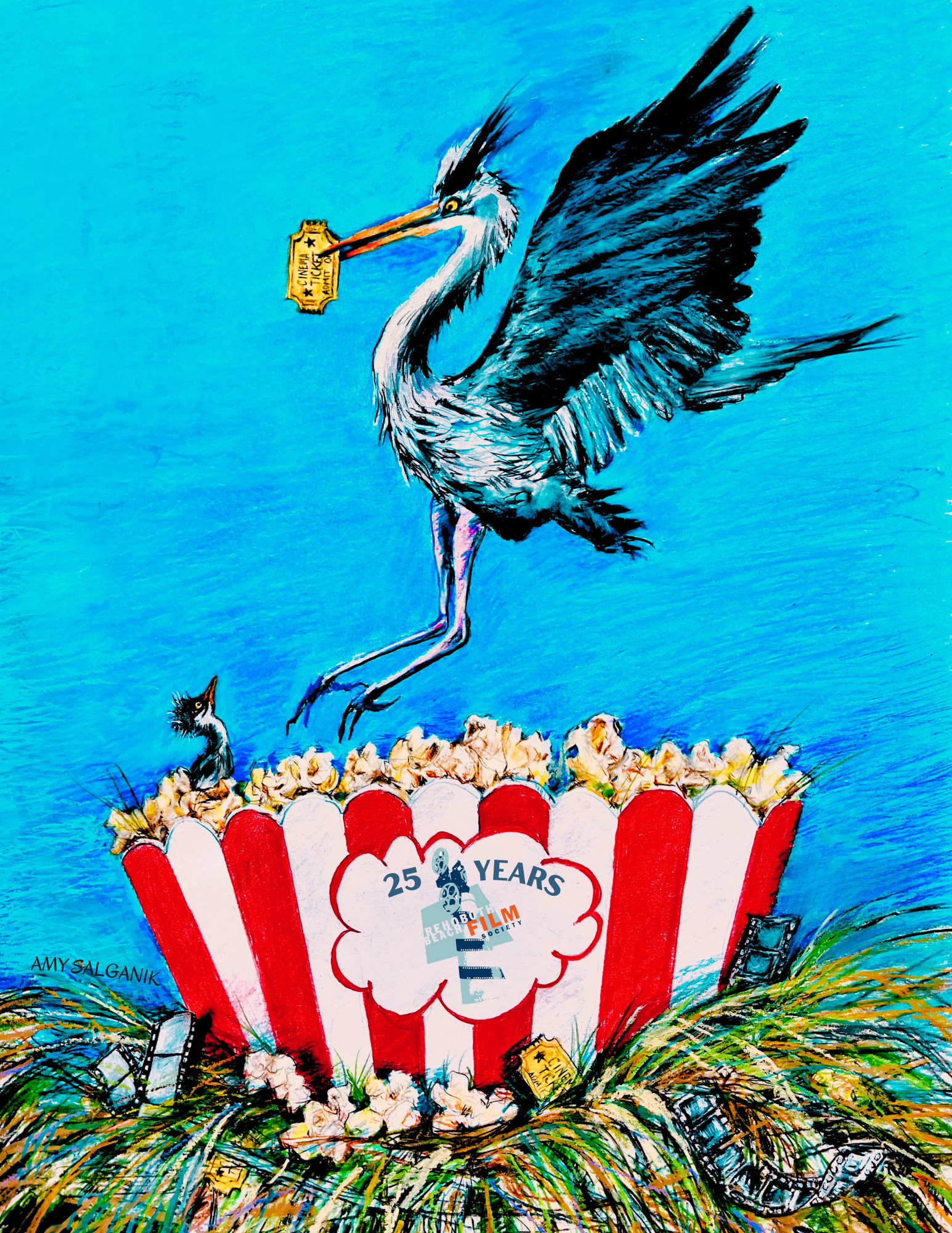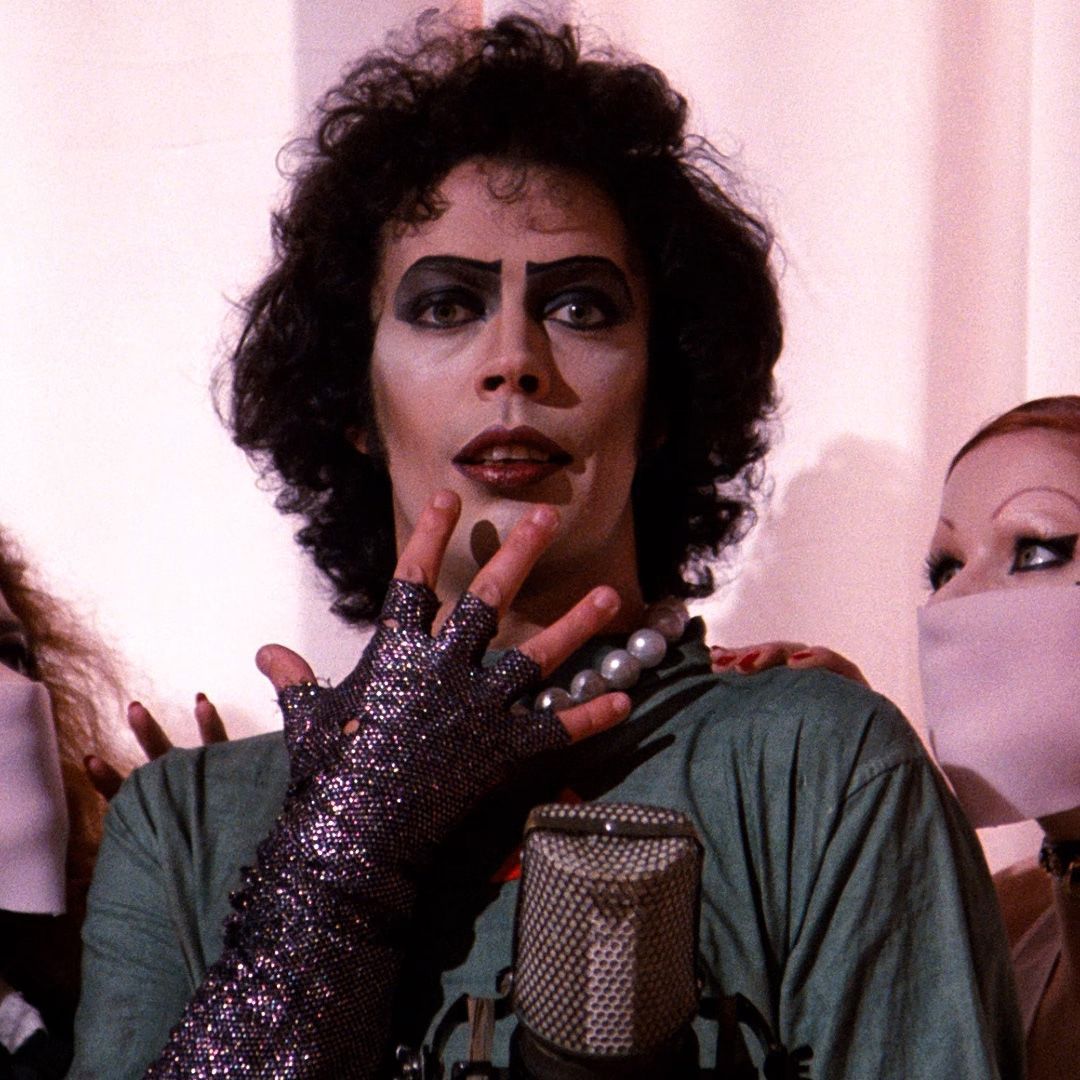CAT&Blog
CAT CHAT
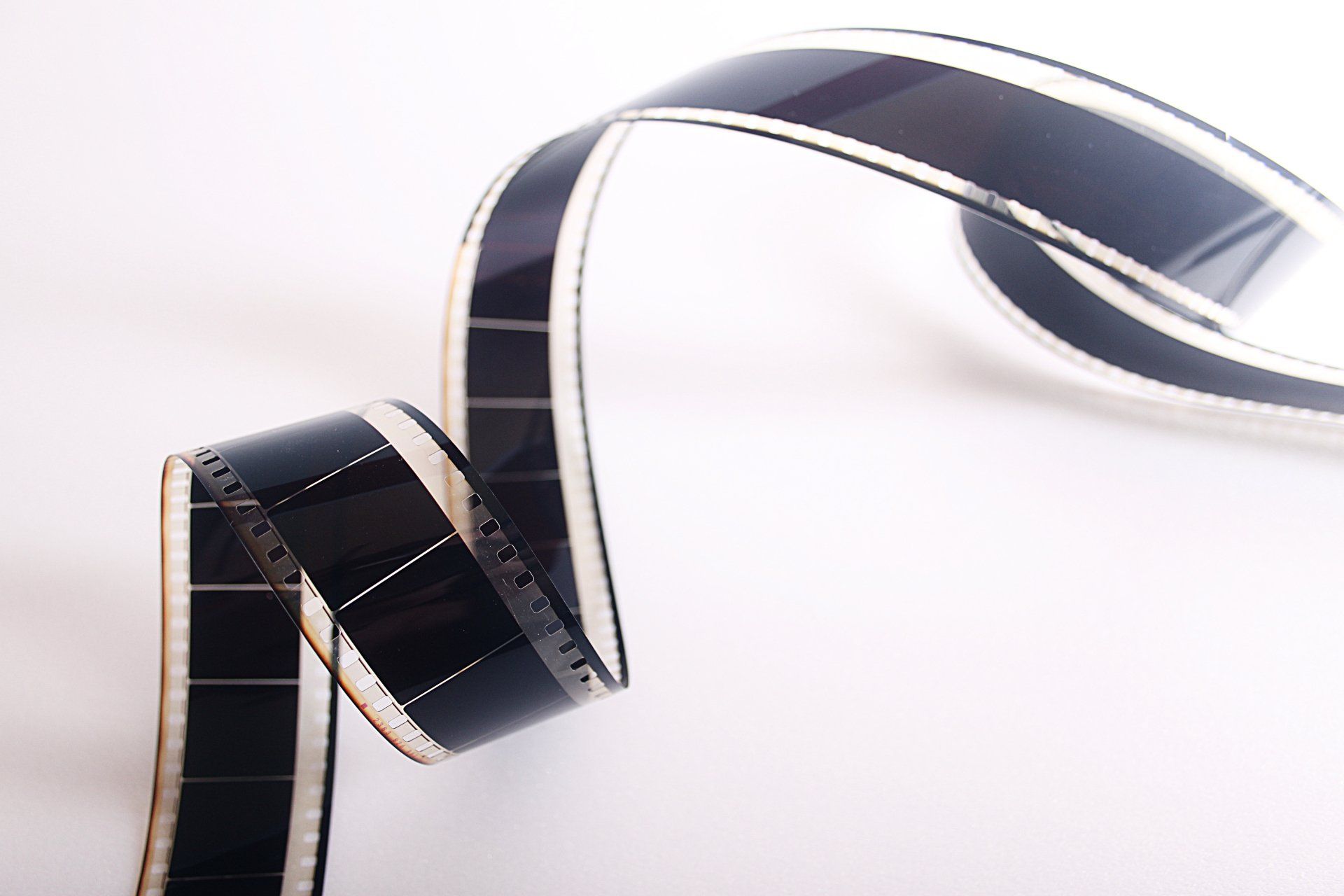
Celebrating Independent Visionaries at the 25th Anniversary Rehoboth Beach Independent Film Festival
By Celebrating Independent Visionaries at the 25th Anniversary Rehoboth Beach Independent Film Festival By Erik Gudris
•
09 Oct, 2023
Three Indie Icons Will Have Films Screened at This Year’s RBIFF
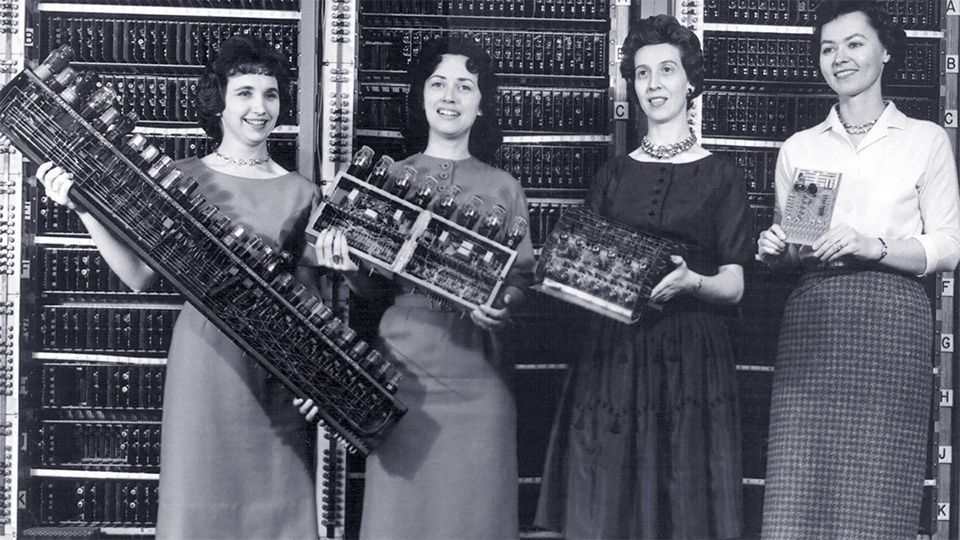
By By: Alix Robinson Guy
•
29 Aug, 2023
Ada Lovelace was born in 1815 as the only legitimate child of infamous poet Lord Byron and was educated in mathematics from a young age for the sole purpose of being as little like her father as possible. She was tutored by Mary Somerville, one of the first two women introduced into the Royal Astronomical Society, who would later put her into contact with Charles Babbage, the inventor of the first mechanical computer, or “difference engine.” The notes Lovelace wrote for it, as well as for Babbage’s unbuilt but conceptualized “analytical engine,” are credited to be the first computer program. Due to the technological limitations of the era, there was no computer and thus no program, so who’s to say if her notes would have rung true; what cannot be disputed, however, is the prodigious intelligence required to even think of such a thing. She had such a grasp on the future of technology that she even argued against the concept of artificial intelligence. Lovelace was published in a scientific journal in 1843 where she expounded upon the aforementioned points; she did this under the initials AAL. I’ve introduced you to Lovelace not simply because of my excess of fondness for the Byrons- a claim that would hold up in court, I will confess- but to show that women always have been and will continue to be enmeshed in the history of science and mathematics. Men like to make all those jokes about how women can’t count or drive because they wouldn’t give the time of day to a woman who could do either- or they don’t want women to try just in case women would end up doing better than them. The long-standing underpinning of sexism to the capitalist society of the Western world does nothing but grind the proletariat to dust, and one half of that is women. Lovelace, though, was bourgeois landed gentry, which is what allowed her to have the time to perform complex mathematics and publish and translate papers in journals. We can only imagine how many women could have been capable of the same thing if given the proper support and resources. Which brings us to our exciting showing of Top Secret Rosies: The Female “Computers” of WWII , a 2010 release directed by LeAnn Erickson about the military use of women’s mathematical skills and the beginnings of programming and computers. The title a clear reference to the famous propaganda effort Rosie the Riveter, these women went to work not in the factories but for the government, not building the bombs but helping them be aimed as accurately as possible. Performing the actual calculations was considered clerical work, in the manner of a secretary taking shorthand notes, while the men did “real” engineering, designing and building hardware. This simple menial women’s work being, of course, longform nonlinear differential equations by hand. I’m not even sure what linear calculus is; I didn’t even get to pre-calculus in school, for the record. If it can’t be punched into the calculator on my phone I shouldn’t be doing it. The government hired women out of universities from all around the country for this, though only six were later selected by Adele and Herman Goldstine, the leaders of the human computing operations, for the running of the ENIAC. The ENIAC, the Electronic Numerical Integrator and Calculator, was the first programmable, electronic, and digital computer. It weighed over 30 tons and covered fifteen hundred square feet. Tasked with doing the nonlinear differential equations that the women were working on, it was a huge wall of holes for wires and switches to flip, and resembled more Babbage’s machine than anything we would call a computer today. They manipulated it physically for each usage at first, having no code, while under the supervision of the Goldstines, who then wrote an Operations Manual on the subject. Adele would later aid in the creation of the code used in the future. A fun fact I did learn over the course of writing this is that the term “computer bug” comes from when an actual bug, a moth, got stuck in the machine and prevented it from working. You can also still see the ENIAC on display at Fort Sill, if you have an interest in that kind of thing. The machine was never ready in time to perform for the war effort but was critical in our later development of nuclear fusion calculations in the forties and fifties. It was also used to prop up the excellence of the American government for having such a machine, though Cold War propaganda did as much as possible to make it as separate and infallible from humankind as possible to accentuate the intelligence of it all. Coincidentally this also seemed to work pretty well with forgetting that women were involved in the first place. The Soviets, on the other hand, were also making feminist history with the launching of the only solo female spaceflight to go into orbit in 1963, maintaining their lead in the space race. Women: just can’t get them out of that science. Director LeeAnn Erickson interviews several women over the course of the documentary, namely twins Doris and Shirley Blumberg, Marilyn Meltzer, and Jean Bartik, about their contributions to the war effort and American history. For this they received no more gratitude than a handshake and a certificate of commendation, which is about the same as what my high school gives out for performing community service hours, and went on for the most part thanklessly contributing to the future of technology and computer programming. A very human effort behind the mechanical supremacy of the machine. Erickson has indicated in interviews that she thinks it would make a good story if it were fictionalized, in the manner of the A League of Their Own movie, and it’s not like Hidden Figures didn’t prove that they could make math interesting. The continual popularity of the documentary on the educational circuit seems to indicate a level of interest in that possibility; Americans also love making movies about the World Wars, since that was about the last time we had any level of justification in our armed involvement. We continue to need women in STEM programs in the United States, seeing as how most every tech industry is riddled with men who think Elon Musk is smart. A variety of viewpoints also brings a greater understanding of the impacts and future possibilities for technologies, if equality itself isn’t a big enough draw. And part of the future is knowing the past, as they all say, so come and investigate at the Rehoboth Beach Film Society’s Cinema Art Theater
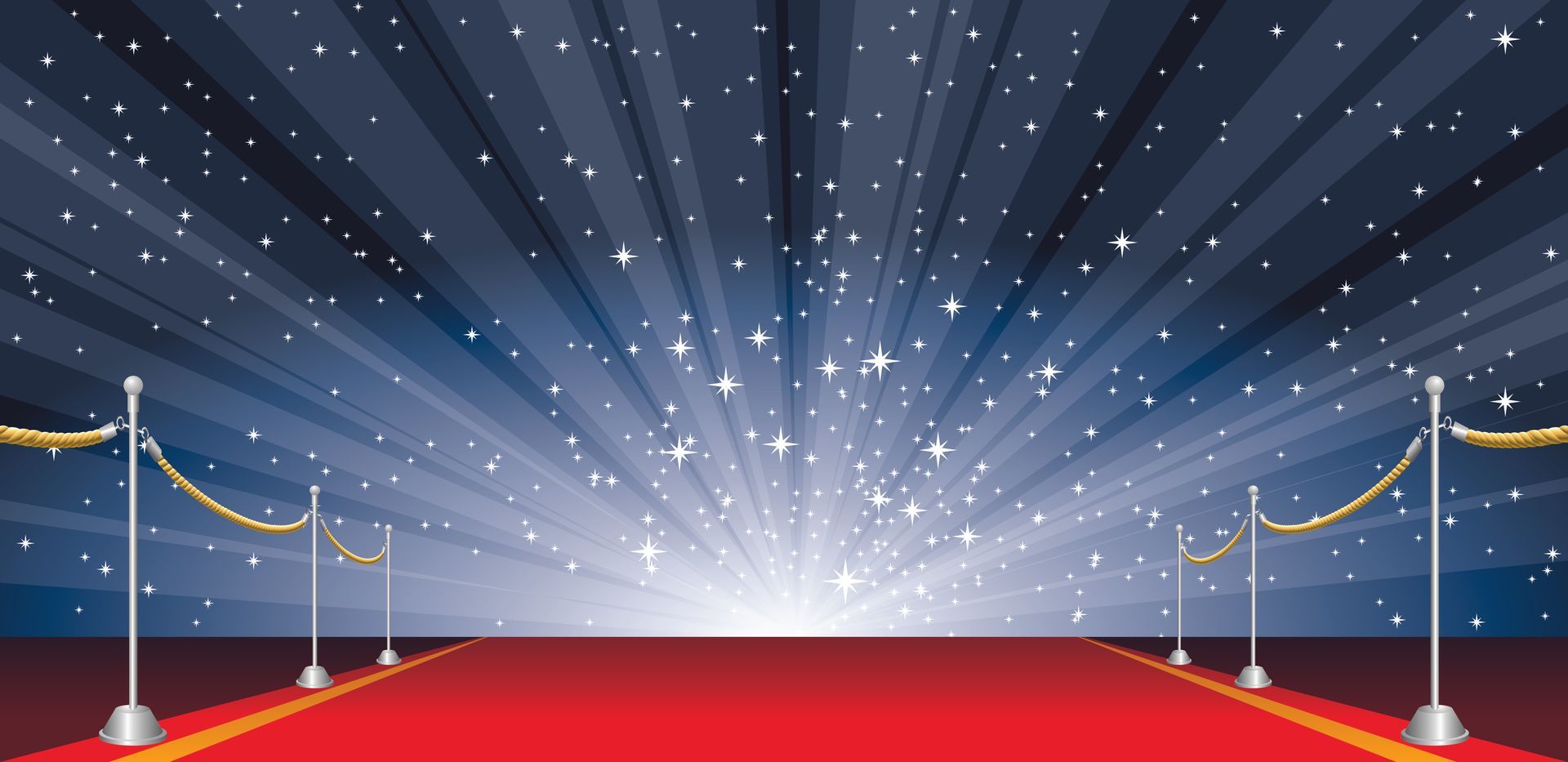
By Erik Gudris
•
03 Aug, 2023
While we all enjoy yet another delightful summer by the sea, it’s also the perfect time to book your calendars now for one of our area’s most popular and significant cultural events coming up later this fall. The Rehoboth Beach Film Society is pleased to present the 25th Silver Screen Anniversary of the Rehoboth Beach International Film Festival (RBIFF) on November 8-12 at the Cinema Art Theater in Lewes, Delaware. Since 1998, the RBIFF continues to serve an important role in sharing the best in independent films with our community and many visitors. As one of the longest-running film festivals in the Mid-Atlantic region and on the east coast, we are especially eager for this year’s event as it will allow everyone to share in the event’s rich 25-year heritage as well as celebrate our exciting future. This year’s five-day event will program a slate of 22-24 first-run documentaries, features, international films and shorts along with special programming and the opportunity for patrons to mingle and connect with filmmakers. In addition, this year’s festival will spotlight several of the festival’s original founders along with showcasing a film related to local philanthropists and other organizations that were instrumental in the formation of the Rehoboth Beach Film Society in 1998. While we will start making announcements soon on this year’s film lineup and guests, there’s still plenty of ways for everyone to engage in the festival right now. - Be sure to follow our social media channels on Facebook and Instagram to get the latest festival news. Also, subscribe to our email newsletter as well for updates and special announcements, including upcoming blog posts about the festival. - On August 4, we will announce the 25th Silver Screen Festival Program Cover Artist. Check out past RBIFF-selected artwork and their artists here . - Support RBIFF with one of our many sponsorship tiers or through purchasing a program ad. Both are excellent opportunities to connect your business or organization with our film-loving audiences and ensure that the festival will thrive for years to come. Enjoy the rest of your summer! We can’t wait to see all of you in November for what promises to be a truly memorable and celebratory 25th Silver Screen Anniversary.
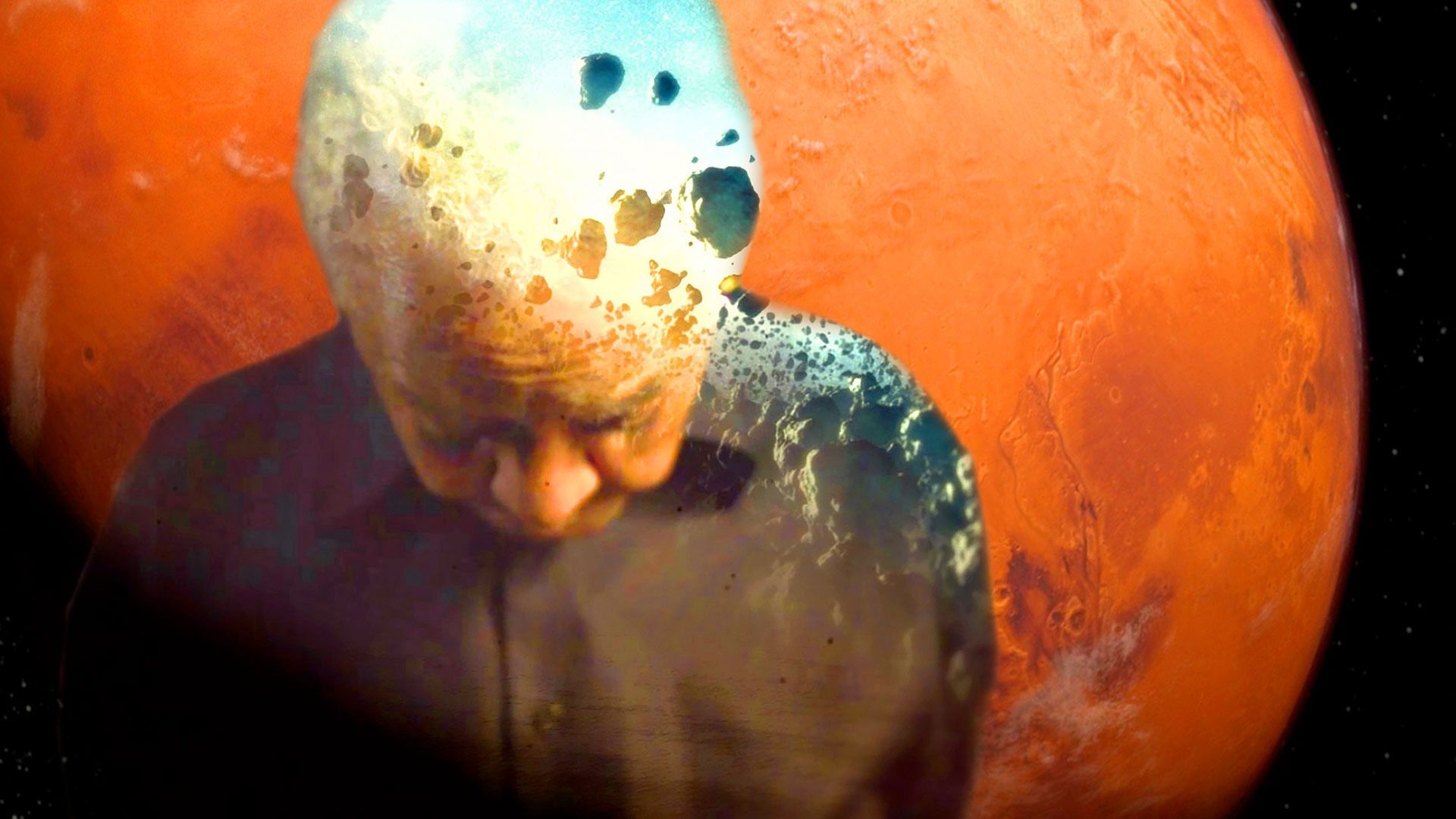
07 Jun, 2023
By: Alix Robinson-Guy Cinema Art Theater Associate Here at the Rehoboth Beach Film Society’s Cinema Arts Theater, we enjoy a wide variety of programming to continue our vision of bringing an expanded view of arts and culture to the population of Delaware. Part of that is, of course, our 2023 Rehoboth Beach Pride Film Festival, which has several art house films of much repute, including Passages , which will be on Friday, June 9th, at 9 PM, Horseplay , which will be on Saturday, June 10th, at 10 PM, and Going to Mars: The Nikki Giovanni Project , which will be on Sunday, June 11th, at 4 PM. Passages is a 2023 French film directed by Ira Sachs about a man who, after fifteen years with another man, has an affair with a woman. The two men are played by Franz Rogowski, who was previously in Victoria (2015), and Ben Whishaw, whose theatrical performances as Hamlet garnered rave reviews, and the titular perfumer in 2006’s Perfume: The Story of a Murderer . The woman is played by Adèle Exarchopoulos, an actress not unfamiliar with LGBT cinema due to her previous role in Blue Is the Warmest Color (2013) as, funnily enough, the lead character named Adèle. Horseplay is a 2022 Argentinian film directed and written by Marco Berger, who I personally find interesting as an active participant in the burgeoning cinematic movement, of a sort, of the “queer gaze”- the homoerotic manner of filming the male body. In “The Politics of Sensations: Body and Texture in Contemporary Cinema and Literature (Argentina - Cuba - Ireland)” the 2016 dissertation of Guillermo Abel Severiche, he coins the phrase “Berger shot” to refer to the manner in which Berger directs the camera towards the male crotch. This viewership of the male body and the focus on the physicality of it is seen as stereotypically reserved for the framing of heterosexual women in a crass kind of manner; Berger’s sensuality and tenderness for men, though, transform it from a strictly sexual affair to something more emotionally honest. Berger describes himself as the perfect spectator for his films, after all, in his interview with Mark James in Film Internationa l. Mark James describes Berger’s camerawork similarly to Severiche: “with the camera often lingering on the parts of gay imagination and sensuality that all gay boys grow up trying to process- the sight of a man’s arms, hands, legs, hair… handsome faces and the male body.” Berger allows the audience to process the fantasy of the male form through an artistic and romantic lens for men, the aforementioned homoeroticization, and brings a unique style and sensibility to queer cinema. Going to Mars: The Nikki Giovanni Project is a 2023 documentary directed by partners Joe Brewster and Michèle Stephenson about the life and work of singular poet and activist Nikki Giovanni, featuring some of Giovanni’s poems being read by Taraji P. Henson. Giovanni has a body of work and series of awards so extensive that I could spend all day recounting them, but the highlights include a Grammy, seven NAACP Image Awards for her children’s books and her poetry, being one of Oprah’s 25 Living Legends, and having a species of South American bat named after her, the Micronycteris giovanniae. Somewhat embarrassingly but rather prototypically, I have, as an English major, spent a great deal of time invested in the oeuvre of crusty white men from several hundred years ago; Nikki Giovanni escaped me as not only due to being individual of our current century but as a woman of color. A regrettable aspect of our educational system that I failed to patch up in myself, but the purpose of life is to continue learning and moving forward, to keep the shark-like eternal motion machine of the brain soft and supple. Born in 1943, Giovanni’s career began as a civil rights activist poet in the late 1960’s, and she moved forward to champion the rights of African American women especially as her career grew. She was featured on the “Soul!” television show, clips of which appear in the film, and that as well as speaking at protests and rallies bolstered her public career. The film speaks to her work and to her personal life in her relationship to her son and her other family; while never unclear or ashamed of her upbringing in Appalachia, being the subject of some of her poetry itself, or her current lifestyle, she is nevertheless firm on her personal boundaries, skirting around or refusing to discuss certain topics. It creates an interesting dynamic between interviewer and documentary subject as they must collaborate, obviously, but Giovanni resists having her layers pulled back completely. The adventurous filmmaking sets the documentary apart and nods towards the Afro-futurism themes of the title, which is a quote taken from Giovanni’s poem “Quilting the Black-Eyed Pea (We’re Going to Mars)” that ties the scientific progressions of voyage and discovery to the harsh realities of what that scientific progression cost Black and Indigenous populations, and how the resonance of those pains remain with us to contextualize the future scientific practices. “We’re going to Mars because whatever is wrong with us will not / get right with us so we journey forth / carrying the same baggage [sic]” Giovanni writes, and then, further on in the poem, “The trip to Mars can only be understood through Black Americans.” The future can still be, though, a potential vision of hope and change regardless, and that forward motion, as inevitable, can only be made better if we think about it in terms of making it better. We hope that you can join us to celebrate the practices and intersectionality featured within the LGBT community at the 2023 Pride Film Festival on the weekend of June 9th-11th at our Cinema Arts Theater.
Rehoboth Beach Film Society
179 Rehoboth Ave., Unit 1457
Rehoboth Beach, DE 19971
(Mailing & shipping address )
302.645.9095
CINEMA ART THEATER
17701 Dartmouth Dr.
Lewes, DE 19958
Screening Hours: Wed-Sun, times vary
Office Hours: Wed - Fri, 12 pm - 5 pm
302.313.4032
Rehoboth Beach Film Society is a 501(c)(3) Nonprofit registered in the State of Delaware

